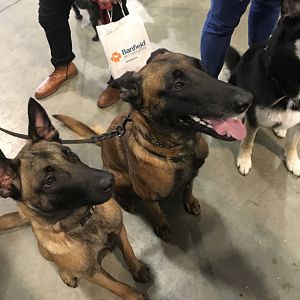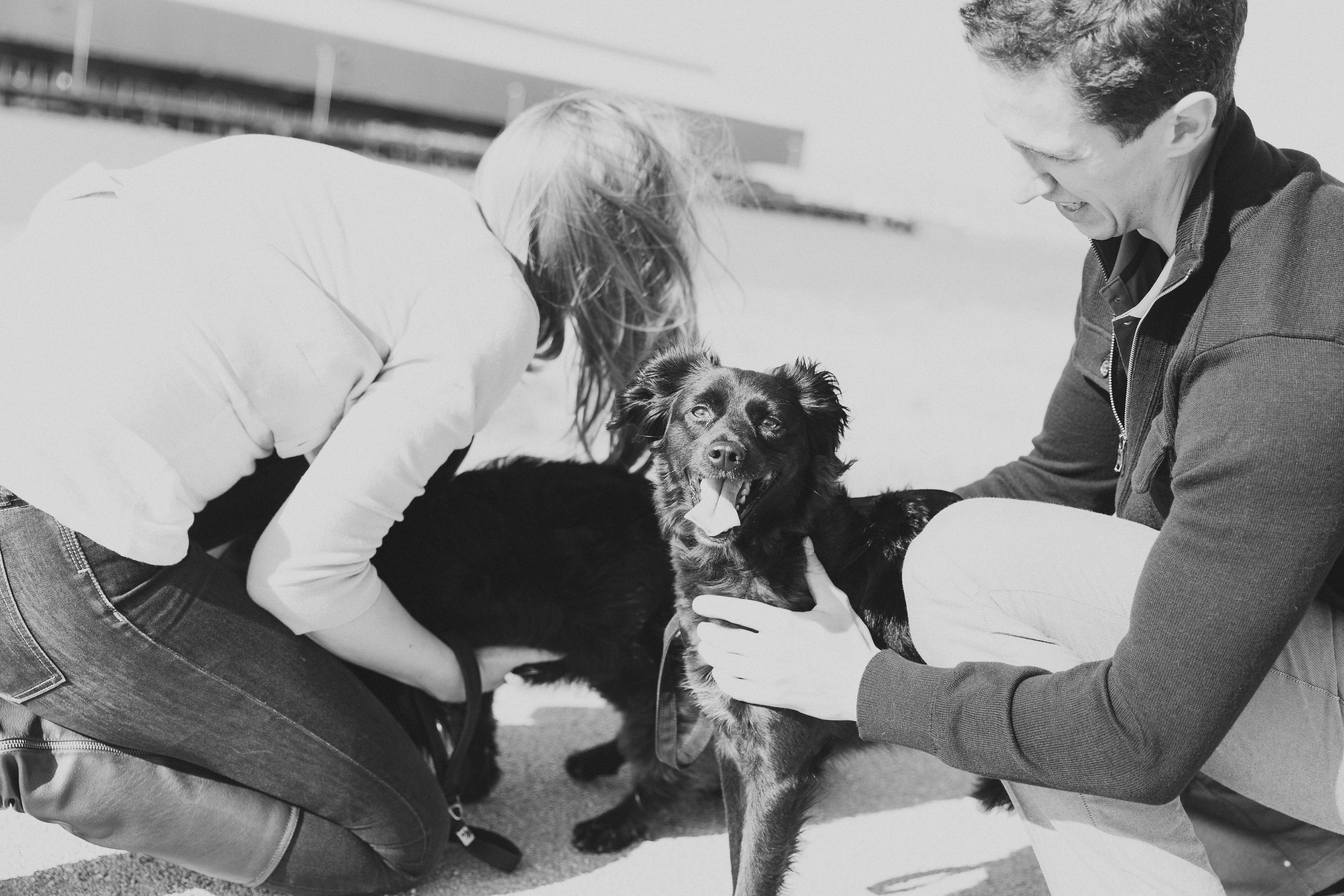In an ideal world, the best way to stop this behavior is to never let it happen in the first place, but in all honesty, that is not always realistic. Not giving a dog, especially a young dog, the opportunity to engage with exciting things, like other dogs, on a leash helps to condition neutrality which helps curb these problem behaviors before they can start. Keeping your dog engaged with you on a walk is an important part of socialization. However, many people are conditioned to let their dogs ‘play’ with other dogs on a leash instead, thinking that a socialized dog is one that will play with every other dog. This is far from the truth – a social dog is one that remains constant across environment in terms of their behavior. Unfortunately, these types of measures are not always feasible, so it is important to learn how to deal with leash reactivity when it does arise.
” Unfortunately, these types of measures are not always feasible, so it is important to learn how to deal with leash reactivity when it does arise.”
When you dog has a solid grip on how to give attention on command, begin working in proximity of your dog’s trigger. For example, if your dog begins to trigger at other dogs from about a city block away, have a friend with a dog sit at that distance with their dog and practice your focus command. Slowly decrease the working distance. If your dog goes back to reacting, you moved too fast, so take a step back and continue repetitions.
As you go out on walks, be sure you have the proper equipment to control your dog (contact a trainer if you are unsure of what works best for your dog) and be cognizant of your environment. Every outing is a chance to work with your dog, so be prepared to be working with your dog every chance you get!

What has your leash experience been with your pup? Share below!
